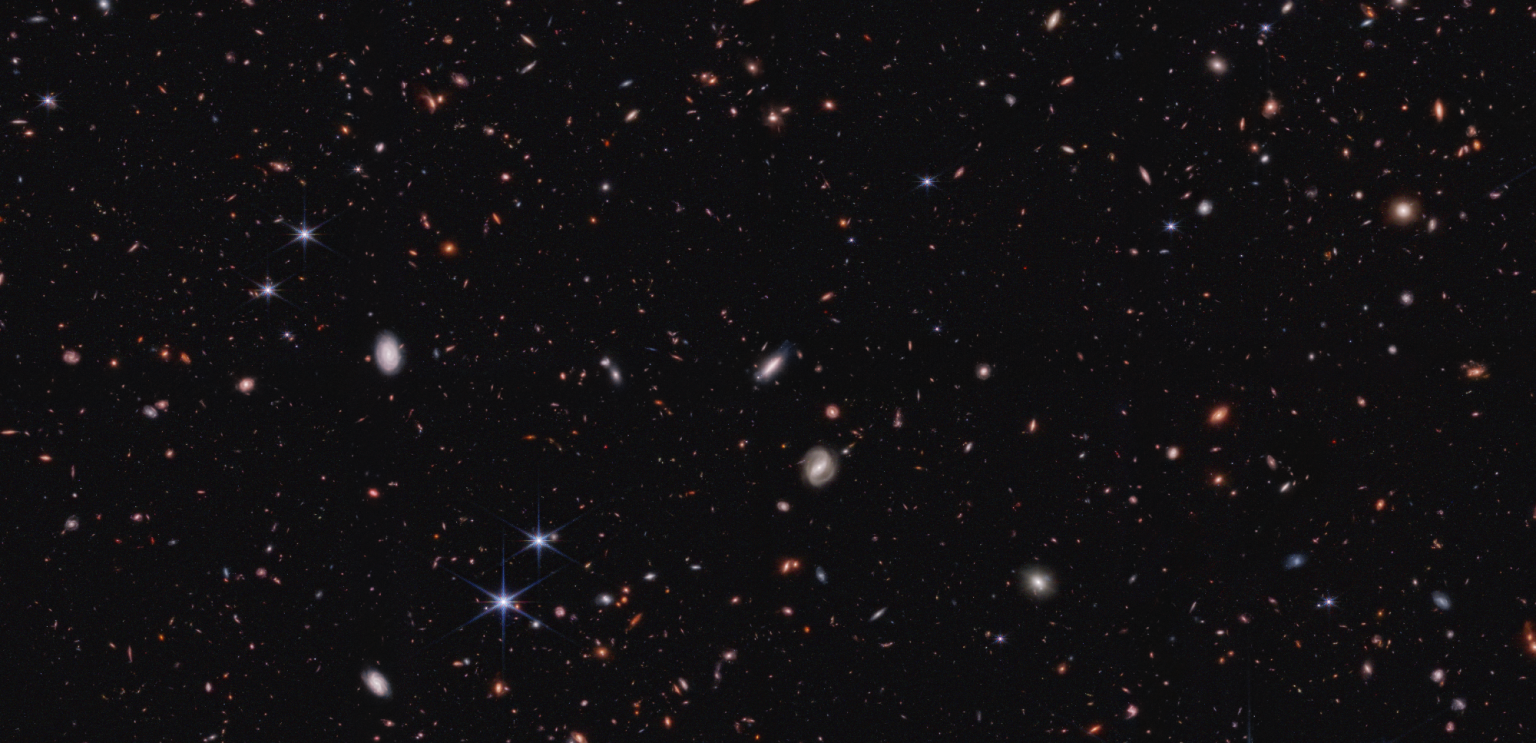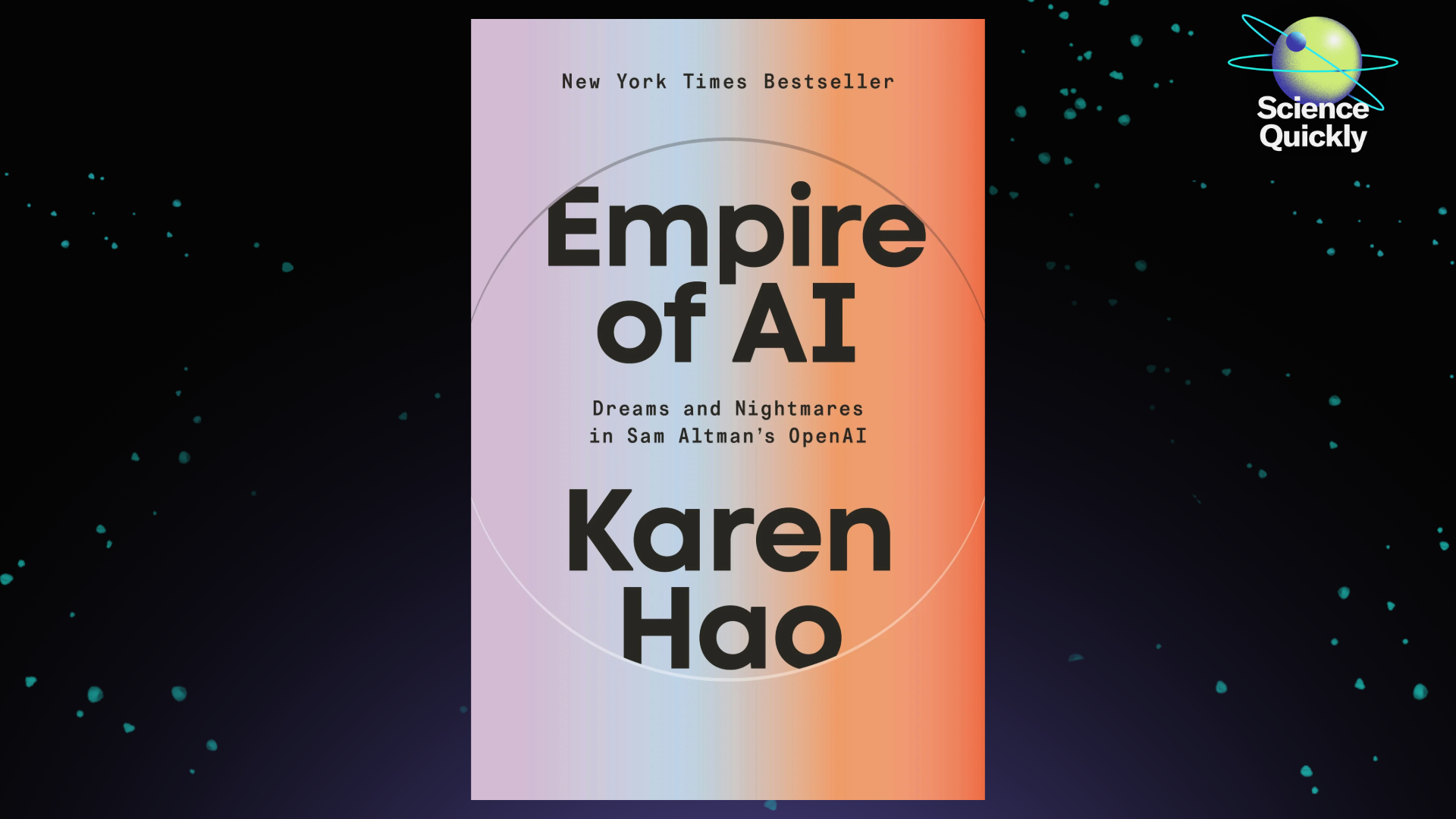Researchers at the University of Missouri have spotted at least 300 unusually bright objects in the far reaches of space that may be forming stars earlier than expected. Their findings suggest these distant structures could challenge existing galaxy formation theories.
Mystery Objects in the Distant Universe Challenge Galaxy Formation Ideas

Key Takeaways:
- Astronomers discovered at least 300 extremely bright objects in the early Universe.
- The brightness could point to earlier-than-expected star formation.
- University of Missouri researchers led the study.
- These findings could shift our understanding of early galactic evolution.
- Published on August 27, 2025, the research adds to growing evidence that the young Universe holds many surprises.
Introduction
The early Universe has always intrigued astronomers. With vast distances and ancient light, it often reveals cosmic truths that challenge our existing knowledge. Now, astronomers from the University of Missouri have reported a startling finding: at least 300 dim, distant objects appear far brighter than originally predicted.
The Discovery
In their quest to map the cosmos, scientists examined faint galaxies that reside in the distant reaches of space. What they found defied expectations. “We’re seeing objects that seem to be forming stars much earlier than current models allow,” the researchers noted in their report. These unusually bright galaxies stand out against the backdrop of a youthful cosmos, sparking intense interest among astronomers worldwide.
Possible Explanations
Traditional galaxy formation theories maintain that the early Universe should not host so many bright, star-forming galaxies at once. One interpretation is that these galaxies may have begun forming stars almost immediately, compressing the timeline that researchers once believed typical. Another angle, however, is that there could be an alternate mechanism at work—one astronomers have yet to fully understand.
Implications for Cosmic History
This discovery goes beyond mere brightness. The presence of these objects suggests the infant cosmos was more active and complex than scientists had imagined. If these galaxies truly started building stars so soon, the standard theories of how and when stars form may need significant revisions. Understanding these objects—and how they became so luminous—could ultimately reveal new details about how the earliest cosmic structures took shape.
Conclusion and Next Steps
With this study, the University of Missouri team has opened the door to new questions surrounding our Universe’s glittering beginnings. There is much yet to learn about these 300 bright galaxies. By pushing our understanding further, astronomers may uncover fresh insights into the origins of stellar formation and the very fabric of the young cosmos.











